Acharya Kaṇāda, an ancient Vedic sage and philosopher, pioneered one of the earliest theories of atomic science based on Vedic sources, through his Vaiśeṣika philosophy, blending material science, logic, and spirituality. His concept of paramāṇu (atoms) as indivisible, eternal, and fundamental units of matter laid the foundation for a systematic understanding of the physical universe. Kaṇāda’s insights into atomic combinations, states of motion, and chemical transformations resonate with principles of modern physics and chemistry. The Vaiśeṣika school, which Kaṇāda propagated, exemplifies an interdisciplinary approach, seamlessly integrating empirical observations with metaphysical inquiry. This article explores the depth and timeless relevance of Kaṇāda’s atomic theory and the philosophical framework of the Vaiśeṣika school, emphasizing its contributions to the origins of scientific thought. By analyzing Kaṇāda’s legacy, this study highlights the profound intellectual accuracy of ancient Vedic knowledge systems and their continued inspiration for modern science and philosophy.
Keywords: Vaiśeṣika Philosophy, Acharya Kaṇāda, Atomic Theory, Interdisciplinary Thought, Ancient Vedic Science
Introduction
Acharya Kaṇāda, also known as Kashyapa, was a revolutionary thinker and a pioneer of atomic theory. Millennia before John Dalton’s work in modern chemistry, Kaṇāda proposed the existence of indivisible particles called “paramāṇu” and laid the foundation for the Vaiśeṣika school of Vedic philosophy. His remarkable contributions to metaphysics, natural philosophy, and science not only highlight the brilliance of ancient Vedic intellectual traditions but also serve as a testament to humanity’s quest for understanding the universe.
Life and Inspiration
Kaṇāda was born in Prabhas Kshetra (near Dwaraka) in Gujarat, India, in Vedic Hindu Brahmin family. Named Kashyapa at birth, his extraordinary curiosity about nature earned him the title “Kaṇāda,” derived from the Sanskrit word “Kan,” meaning “the smallest particle.” This name reflects his groundbreaking exploration of the fundamental building blocks of matter.
One of Kaṇāda’s defining moments occurred during a pilgrimage to Prayag. Observing grains of rice scattered on the streets, he began collecting them. When onlookers questioned this seemingly trivial activity, Kaṇāda explained that while a single grain might seem insignificant, its aggregation could sustain families or even mankind. This idea of the importance of the smallest elements profoundly influenced his work, leading to his conceptualization of the atom.
Kaṇāda’s Discovery of the Atom
While observing nature, and studying Vedic sources Kaṇāda noted that any object could be divided repeatedly until it reached an indivisible state. He termed this ultimate, indivisible entity “paramāṇu” based on Vedic references. His assertion that paramāṇu is unnoticeable to the naked eye and indestructible speaks to the incredible foresight of his philosophy.
According to Kaṇāda, these atoms are eternal, possess unique properties, and are the foundational elements of all matter. He proposed that atoms bond to form molecules, called “dwinuka,” and that their combinations result in diverse substances. These ideas anticipated the principles of modern chemistry and molecular science.
Kaṇāda also explored how heat and other conditions can induce chemical changes, such as the transformation of clay into pottery when exposed to fire. This synthesis of logic and observation underscores Kaṇāda’s innovative approach to natural phenomena.
The Vaiśeṣika Philosophy: Science Meets Metaphysics
The Vaiśeṣika school of philosophy, promoted by Kaṇāda, is one of the six orthodox (astika) schools of Hindu philosophy. Its profound exploration of the physical and metaphysical dimensions of existence underscores its pivotal role as a pioneering realist ontology. The school focuses on understanding reality by analyzing the fundamental building blocks of the universe—matter, motion, and their interplay with consciousness and higher principles.
The Vaiśeṣika school derives its name from the Sanskrit term “vishesha,” meaning “particularity” or “distinction.” This reflects its primary aim: to classify and explain the diversity of the material world by identifying the distinct properties and combinations of matter. Kaṇāda’s Vaiśeṣika philosophy achieves this by integrating logic, systematic reasoning, and empirical observations with a spiritual quest to comprehend the ultimate reality.
Key Propositions of Kaṇāda’s Atomic Theory
Kaṇāda’s atomic theory forms the keystone of the Vaiśeṣika school. His insights into the nature of matter and the universe remain foundational in both philosophical and scientific terms. The key propositions of his atomic theory are:
- Indivisibility: The Smallest Units of Matter
Kaṇāda proposed that the universe is composed of indivisible particles called paramāṇu (atoms). These atoms cannot be subdivided further and represent the smallest entities in the material world. This idea mirrors the modern scientific concept of atoms and elementary particles, although Kaṇāda’s notion was also infused with metaphysical significance, representing the interplay between the physical and spiritual realms.
- Eternality: The Permanence of Atoms
Kaṇāda asserted that atoms are eternal and indestructible. Despite changes in the form and composition of matter, the underlying atoms remain constant. This aligns with the law of conservation of mass and energy in modern science, which states that matter and energy cannot be created or destroyed, only transformed.
- Combination: Formation of Complex Substances
According to Kaṇāda, atoms combine in specific ways to form binary molecules (dwinuka) and more complex substances. The properties of these combinations depend on the types of atoms involved and their configurations. This insight into the combinatory nature of atoms parallels modern chemistry, where molecular properties emerge from the interactions of constituent elements.
- States of Motion: Dynamic and Static Atoms
Kaṇāda theorized that atoms could exist in two states: motion and absolute rest. The state of motion is initiated by unseen forces (adrishta), reflecting a metaphysical cause that aligns with the principles of karma or cosmic order. This duality of motion corresponds to the modern understanding of kinetic and potential energy within physical systems.
- Chemical Change: Interaction Under Specific Conditions
Kaṇāda observed that atoms could interact under specific conditions, leading to observable chemical and physical changes. For instance, the transformation of clay into pottery when heated demonstrates how external factors like heat influence atomic combinations and reconfigurations. This prefigures the role of energy and catalysis in chemical reactions.
Integration of Empirical Observation and Spiritual Inquiry
Kaṇāda’s Vaiśeṣika philosophy seamlessly blends empirical observation with spiritual principles, offering a holistic framework to understand the universe. This integration distinguishes the school as a bridge between material science and metaphysics:
- Empirical Observation: Kaṇāda emphasized studying the natural world through systematic observation, logical reasoning, and categorization. His classification of matter and substances into various categories, including atoms, compounds, and qualities, reflects an empirical approach to understanding reality.
- Spiritual Inquiry: While rooted in empirical analysis, Vaiśeṣika philosophy also seeks to unravel the metaphysical truths of existence. Kaṇāda proposed that atoms, though imperceptible to the naked eye, are manifestations of a cosmic order governed by unseen forces. This dual focus on physical reality and cosmic principles makes the Vaiśeṣika school a profound synthesis of science and spirituality.
Holistic Understanding of the Universe
The Vaiśeṣika school transcends the study of material objects to address fundamental questions about creation, existence, and the nature of reality. Some of its broader philosophical insights include:
- Creation of the Universe: Kaṇāda envisioned a universe emerging from the interaction of eternal atoms under the influence of cosmic forces. This aligns with modern cosmological theories, such as the Big Bang, where fundamental particles interact to form the cosmos.
- Structure of Matter: The detailed exploration of atomic properties and combinations highlights Kaṇāda’s nuanced understanding of matter’s structure, a concept that modern science continues to expand upon.
- Interconnectedness: Vaiśeṣika philosophy emphasizes the interconnectedness of all phenomena, suggesting that the material and metaphysical realms are two facets of the same reality.
- Practical Wisdom: Kaṇāda’s insights extend beyond theoretical principles to practical applications, such as the transformation of materials under specific conditions. This practical orientation underscores the school’s relevance in daily life and scientific exploration.
Units of Measurement and Precision
Kaṇāda’s meticulous exploration extended to units of measurement. He proposed paramāṇu as the smallest measurable entity, using it as a basis for defining larger units. According to his system:
- 8 paramāṇu = 1 rathadhuli (chariot dust)
- 8 rathadhuli = 1 valagra (hair-end, ~75 μm)
- 8 valagra = 1 liksha (nit)
- 8 liksha = 1 yuka (louse)
- 8 yuka = 1 yava (barley grain)
- 8 yava = 1 angula (finger’s width, ~1.9 cm)
This hierarchy of measurements reflects Kaṇāda’s profound understanding of scale and relativity. A paramāṇu, by his calculation, would measure approximately 7.2×10−87.2 \times 10^{-8}7.2×10−8 meters, remarkably close to the modern atomic scale.
Comparison with Western Philosophies
Kaṇāda’s atomic theory predated the works of Leucippus and Democritus, who proposed atomism in 5th century BCE Greece. Unlike their materialistic focus, Kaṇāda’s work encompassed both the physical and metaphysical realms. He perceived the atom not just as a physical entity but also as a manifestation of cosmic order, bridging science and spirituality.
While modern atomic theory owes much to Dalton’s early 19th-century discoveries, Kaṇāda’s insights reveal that ancient Vedic thinkers were already contemplating the microcosm of matter. Scholars like McEvilley have suggested that cultural exchange between ancient India and Greece might have influenced both traditions.
Relevance in Modern Science
Acharya Kaṇāda’s atomic theory resonates deeply with contemporary scientific understanding, showcasing the profound foresight embedded in ancient Vedic philosophy. His ideas, particularly the indivisibility of atoms, the combinatory nature of matter, and the influence of external factors like heat on chemical transformations, bear striking similarities to foundational principles in modern physics and chemistry.
Atomic Indivisibility and Modern Science
Kaṇāda’s proposition that atoms (paramāṇu) are the smallest indivisible units of matter aligns closely with the concept of elementary particles in modern physics. While today’s science reveals that atoms themselves consist of subatomic particles (protons, neutrons, and electrons), the fundamental idea of a smallest building block of matter was groundbreaking in Kaṇāda’s time.
Kaṇāda went further to propose that these paramāṇus are eternal, indestructible, and possess unique properties that define the materials they compose. This presages the modern understanding of elements and isotopes. In contemporary chemistry, isotopes of an element differ only in the number of neutrons but share the same chemical properties, a nuanced reflection of Kaṇāda’s insights about atoms having inherent, substance-defining qualities.
Combinatory Nature of Matter and Molecular Formation
Kaṇāda’s observation that atoms combine in specific ways to form larger structures parallels the modern concept of molecular chemistry. In his system, the union of two atoms creates a binary molecule (dwinuka), which retains properties similar to the original atoms. This idea anticipated molecular bonding, where atoms form stable configurations through interactions like covalent or ionic bonds.
Moreover, Kaṇāda’s suggestion that the combinations of atoms lead to non-identical molecules—substances with properties distinct from their individual components—is remarkably akin to chemical synthesis. Modern science describes this process as the formation of compounds, where new chemical properties emerge due to the interaction of distinct elements. Kaṇāda’s emphasis on this transformational potential reveals an intuitive grasp of the nature of chemical reactions.
Chemical Transformations and Thermodynamics
Kaṇāda’s insight that external factors such as heat can induce changes in matter aligns with key principles of thermodynamics and modern chemistry. He observed that heating substances could alter their physical and chemical properties, such as when clay transforms into pottery. This concept is foundational to thermodynamics, which studies how energy transfer affects material states and chemical processes.
In thermodynamic terms, the introduction of heat provides the energy required to overcome activation barriers, enabling chemical bonds to break and new ones to form. Kaṇāda’s observations foreshadow the understanding that heat acts as a catalyst in physical transformations and chemical reactions. These parallel underscores the advanced empirical reasoning underlying Kaṇāda’s work.
Systematic Reasoning and Empirical Observation
The Vaiśeṣika school’s emphasis on systematic reasoning and empirical observation laid the groundwork for what we now recognize as the scientific method. Kaṇāda approached the natural world with a sense of inquiry that combined logic, observation, and hypothesis formation. He sought to explain the material universe through patterns and principles derived from nature itself, rather than relying solely on metaphysical or supernatural explanations.
For instance, Kaṇāda’s classification of substances based on their atomic properties and his detailed description of measurements reflect a methodical approach to understanding the world. This methodology resonates with modern science’s reliance on observation, measurement, experimentation, and reasoning to arrive at verifiable conclusions.
The Vaiśeṣika school also recognized the importance of falsifiability—a core principle of the scientific method. Kaṇāda’s atomic theory was not just a speculative idea; it was a framework that could be tested against observations, such as the transformation of materials under heat or the behavior of combined substances.
Conclusion
Acharya Kaṇāda’s contributions epitomize the intellectual brilliance and methodological rigor of ancient Vedic scholarship. At a time when the tools and methodologies of modern science were nonexistent, Kaṇāda envisioned a framework for understanding the universe that harmonized empirical observation, logical reasoning, and spiritual insight. His conceptualization of atoms (paramāṇu) and their interactions stands as a testament to his unparalleled ingenuity and the profound philosophical depth of the Vaiśeṣika school.
Kaṇāda’s work is remarkable not only for its foresight but also for its systematic approach. His atomic theory predates similar explorations in the Western world by millennia, underscoring the advanced nature of Oriental scientific thought. His insights into the indivisibility of matter, the eternal nature of atoms, their combinations, and their transformations under specific conditions reveal an intuitive grasp of principles that resonate with modern chemistry, physics, and thermodynamics.
A Beacon of Interdisciplinary Thought
The Vaiśeṣika school, as founded by Kaṇāda, remains a beacon of interdisciplinary thought. It masterfully merges science, philosophy, and spirituality into a unified worldview that seeks to explain not just the material universe but also the cosmic principles that govern it. By recognizing the interconnectedness of all phenomena, Vaiśeṣika philosophy bridges the gap between the physical and the metaphysical, offering a holistic perspective on existence.
Kaṇāda’s philosophical system is built on the foundation of realist ontology—the belief that the material world is real, tangible, and governed by laws that can be discovered and understood through inquiry. This perspective forms a precursor to the scientific method, emphasizing systematic observation, logical reasoning, and empirical validation. Yet, it does not ignore the spiritual dimension, acknowledging the unseen forces (adrishta) that influence the motion and behavior of atoms, a concept that aligns with the principles of karma and cosmic order in Hindu philosophy.
Insights into the Origins of Scientific Thought
The study of Acharya Kaṇāda’s work offers invaluable insights into the origins of scientific thought, highlighting how ancient Vedic scholars sought to explain the universe through rational inquiry and empirical evidence. His meticulous classification of matter and substances, along with his propositions on atomic interactions, demonstrate a level of intellectual sophistication that was ahead of its time. These legacy challenges the perception that science and philosophy are distinct disciplines, showcasing how the two can coalesce to provide a deeper understanding of reality.
Kaṇāda’s vision emphasizes that the pursuit of knowledge is inherently interdisciplinary. His integration of logic, physics, metaphysics, and spirituality presents a model for holistic inquiry, reminding modern scholars of the importance of considering diverse perspectives in the search for truth.
Timeless Relevance of Vaiśeṣika Philosophy
The Vaiśeṣika philosophy’s relevance extends far beyond its historical and cultural context. In the modern era, it inspires renewed appreciation for interdisciplinary inquiry and serves as a foundation for exploring the connections between science, philosophy, and spirituality. Its principles echo through contemporary fields such as quantum physics, where the understanding of particles and their interactions continues to evolve.
Kaṇāda’s emphasis on the empirical study of nature alongside metaphysical principles provides a timeless framework for addressing fundamental questions about existence. His assertion that the universe operates according to discoverable laws resonates with the scientific ethos, while his acknowledgment of unseen forces reminds us of the mysteries that remain beyond human comprehension.
Inspiration for Modern Scientists and Philosophers
Acharya Kaṇāda’s vision continues to inspire both scientists and philosophers. By conceptualizing atoms and their properties, Kaṇāda laid the groundwork for future explorations into the building blocks of matter. His philosophy encourages a spirit of inquiry that transcends disciplines, urging modern thinkers to seek connections between seemingly disparate fields of knowledge.
The Vaiśeṣika school reminds us that the smallest ideas—like Kaṇāda’s paramāṇu—can hold the greatest truths. His work underscores the importance of humility and curiosity in the pursuit of knowledge, emphasizing that even the most minute aspects of reality have profound significance.
A Heritage of Knowledge and Inquiry
Kaṇāda’s contributions stand as a shining example of the rich heritage of knowledge from ancient India. His philosophy is a testament to the intellectual depth of Vedic traditions and their enduring relevance in contemporary discourse. The Vaiśeṣika school challenges us to approach the world with wonder, logic, and an open mind, encouraging a pursuit of truth that is both rigorous and inclusive.
In an age where specialization often dominates academic and scientific inquiry, Kaṇāda’s interdisciplinary approach serves as a guiding light. His vision reminds us of the interconnected nature of existence and the value of integrating material science, logic, and spirituality in our understanding of the universe. Acharya Kaṇāda’s timeless wisdom continues to illuminate the path for seekers of truth across physical, intellectual, and spiritual domains, ensuring that his legacy endures through the ages.
Reference:
- Brahmacari, Srivas Krishna Das. Understanding the Space Time Continuum-As revealed in Vedic literature: A comprehensive study on the Theory of Relativity-As revealed in Vedic literature. JF Inc.
- Kak, Subhash. The Architecture of Knowledge: Quantum Mechanics, Neuroscience, and the Vaisheshika Philosophy. Motilal Banarsidass Publishers, 2004.
- McEvilley, Thomas. The Shape of Ancient Thought: Comparative Studies in Greek and Indian Philosophies. Allworth Press, 2002.
- Singh, Bal Ram. Science and Spirituality in Vedic Tradition: Modern Contexts.K. Printworld, 2015.
- Brahmacari, Srivas Krishna Das. “Comparative Analysis of Kaṇāda’s Laws of Motion and Newton’s Laws of Motion.” mind1 (2024): 3.
- Radhakrishnan, Sarvepalli, and Charles A. Moore. A Sourcebook in Indian Philosophy. Princeton University Press, 1957.
- Iyengar, R. N. Atomic Theory in Ancient India. Journal of the History of Science in India, 2010.
- Bose, Debiprasad. Science in Ancient India: Achievements and Impact. Indian Journal of History of Science, Vol. 15, No. 2, 1980.
Views: 253
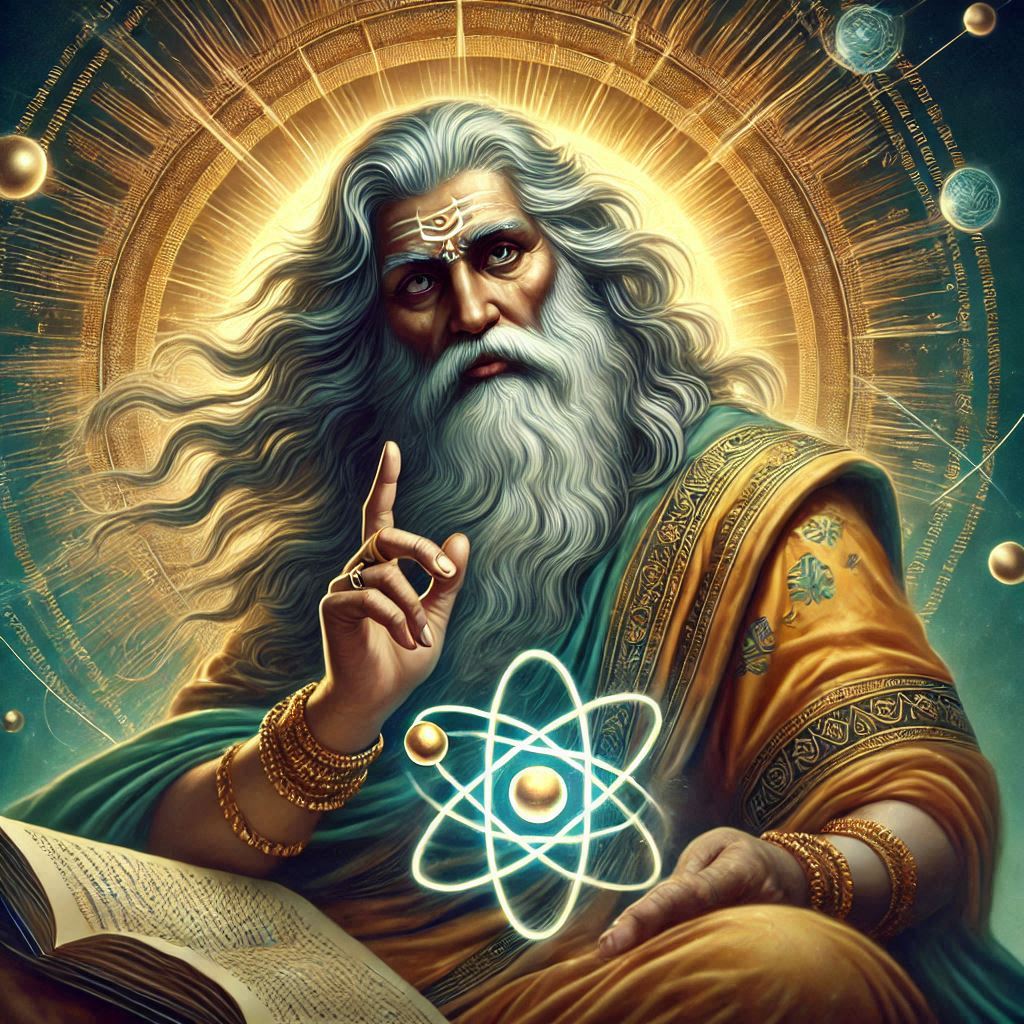
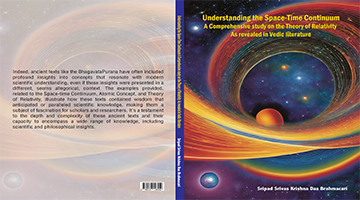
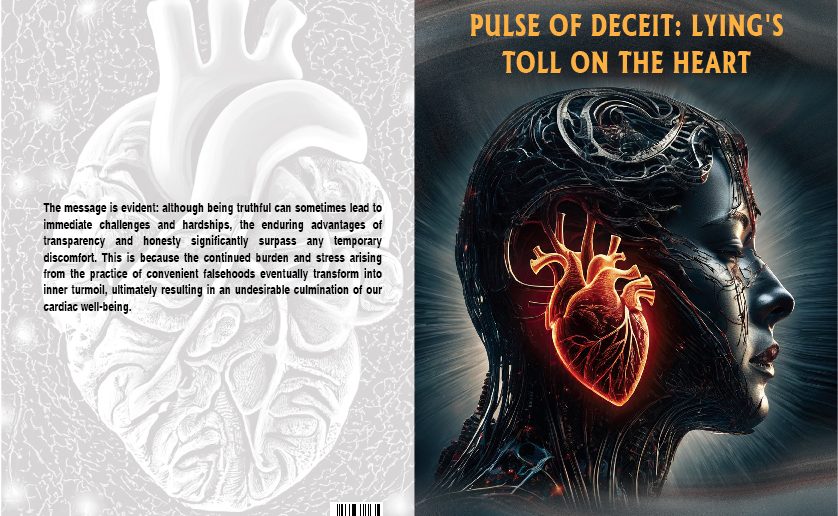











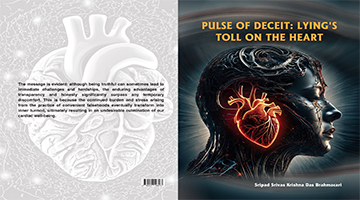

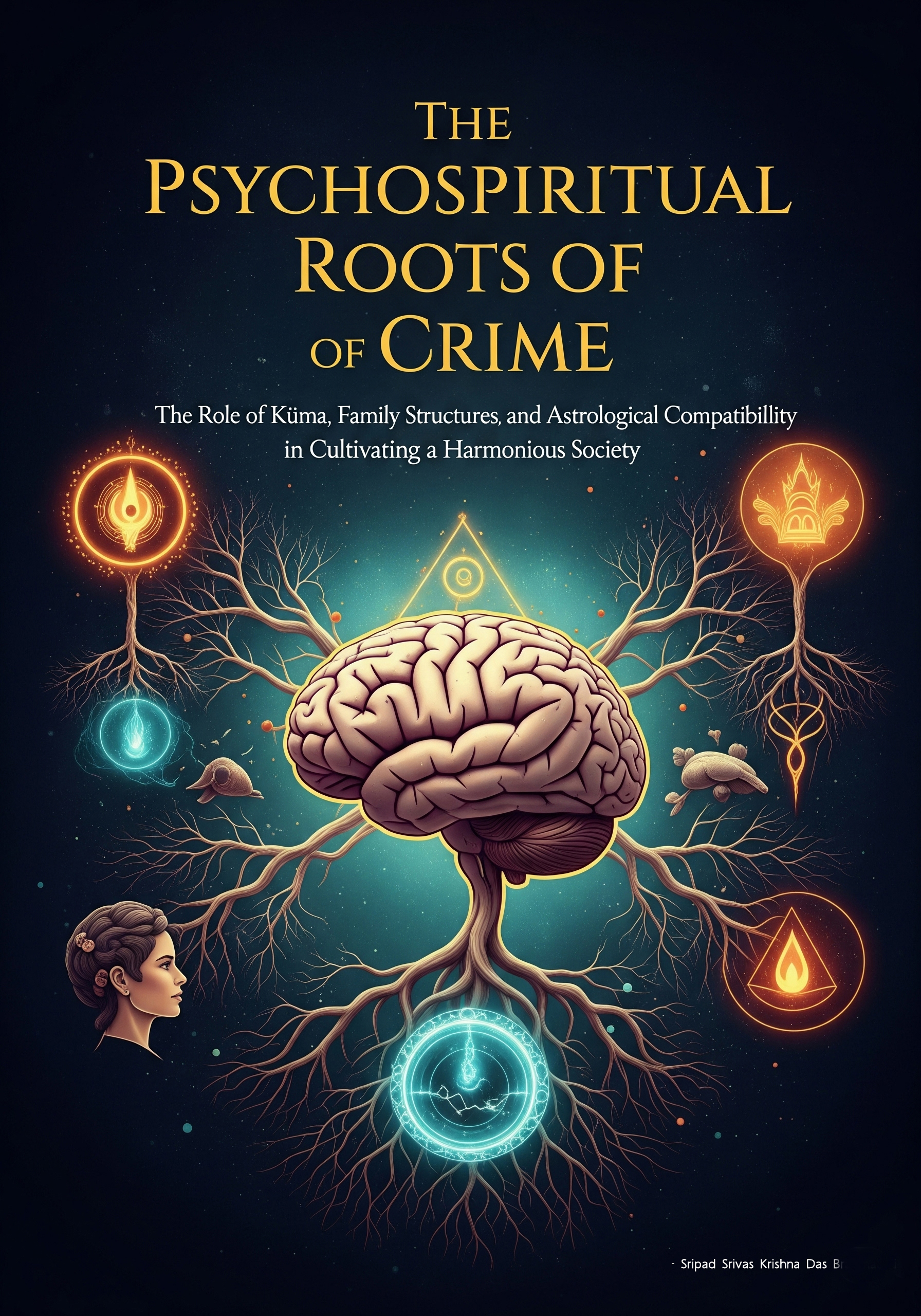

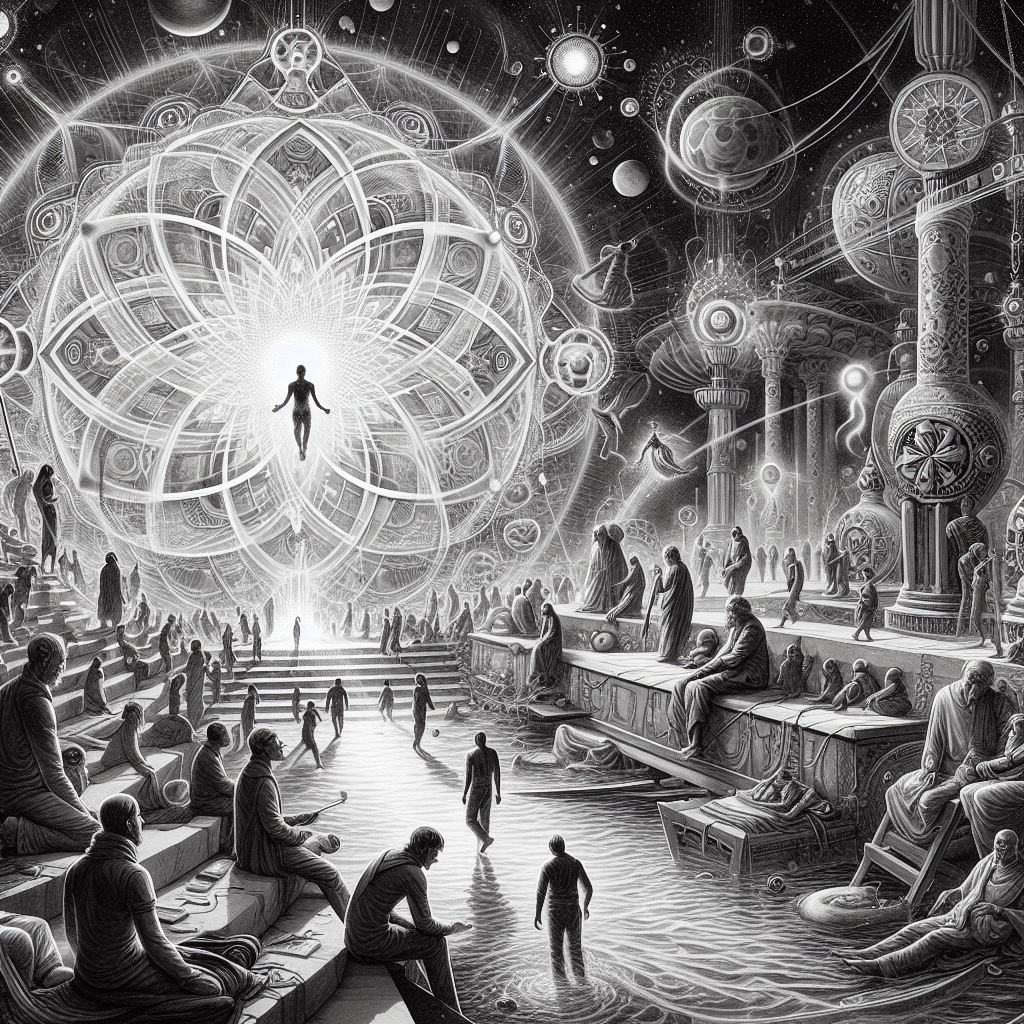

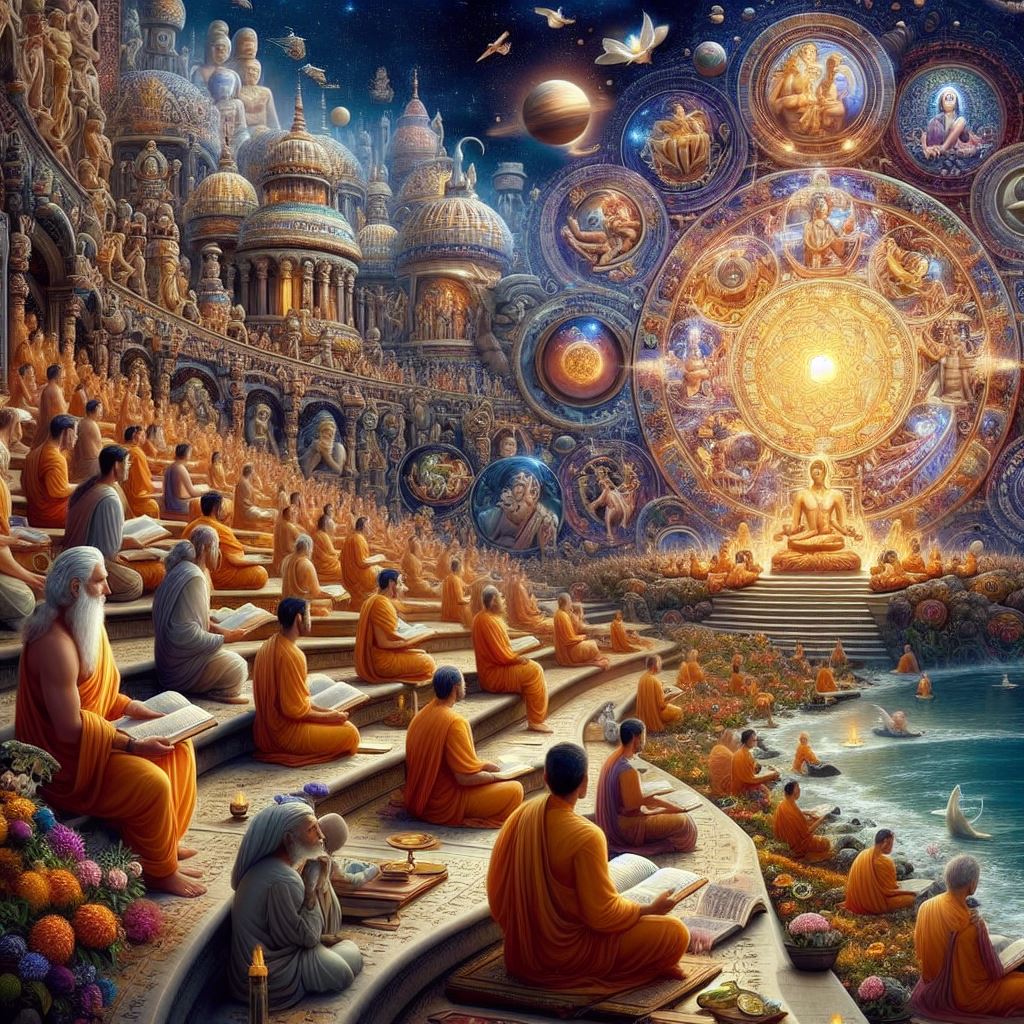
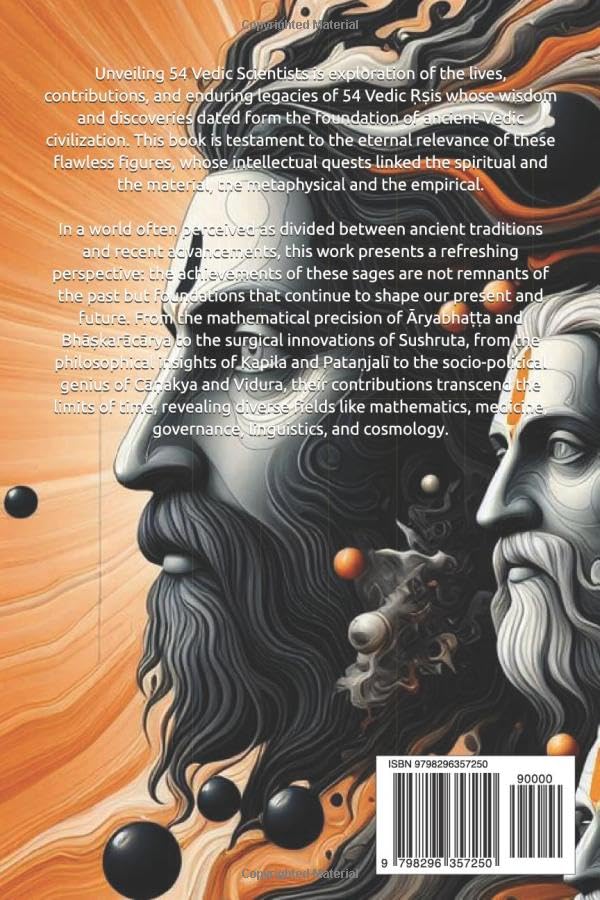


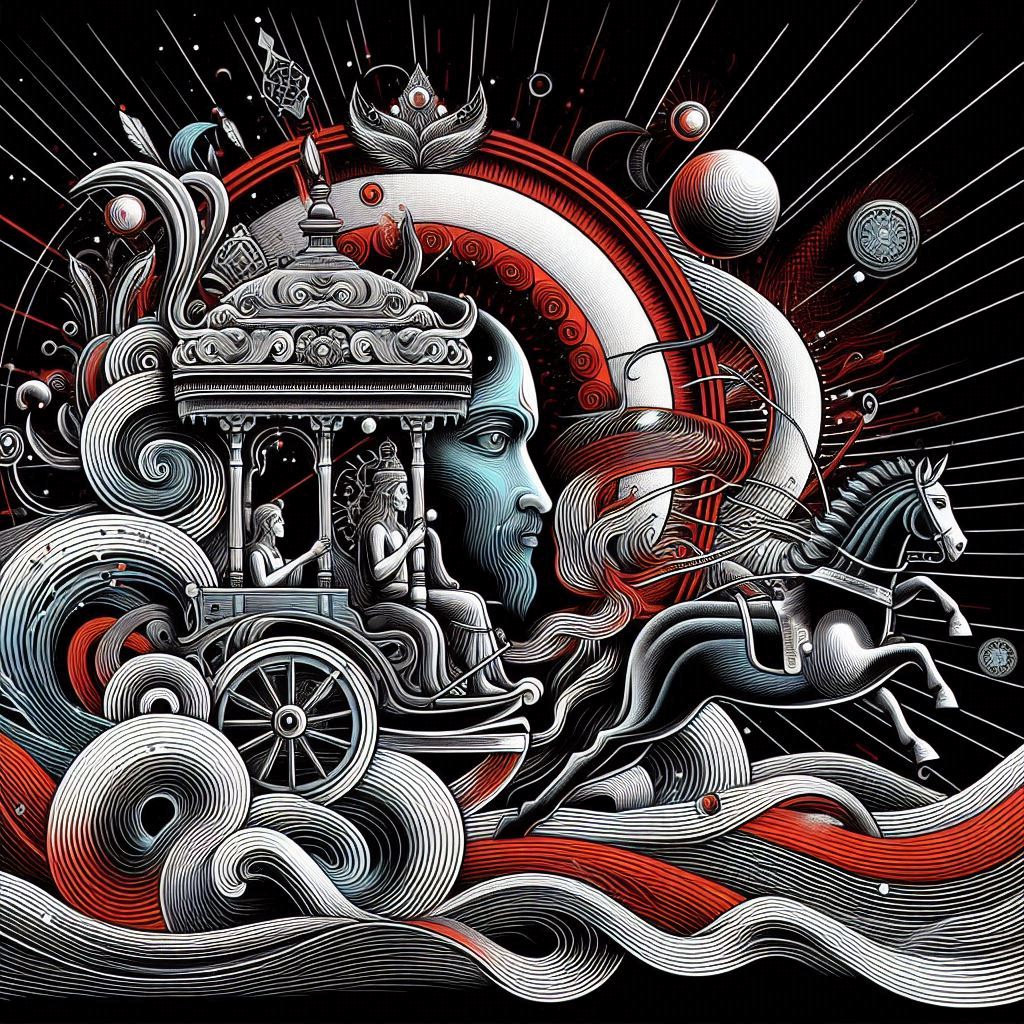
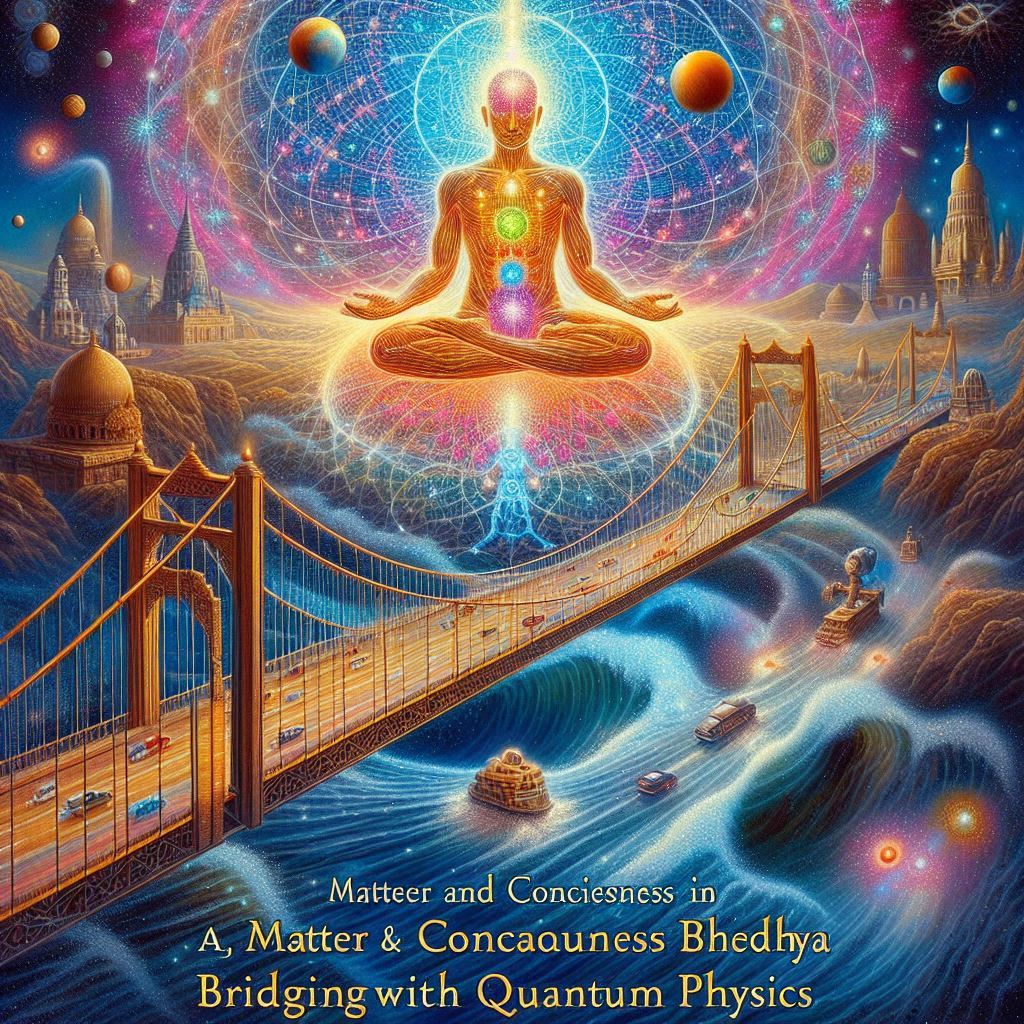
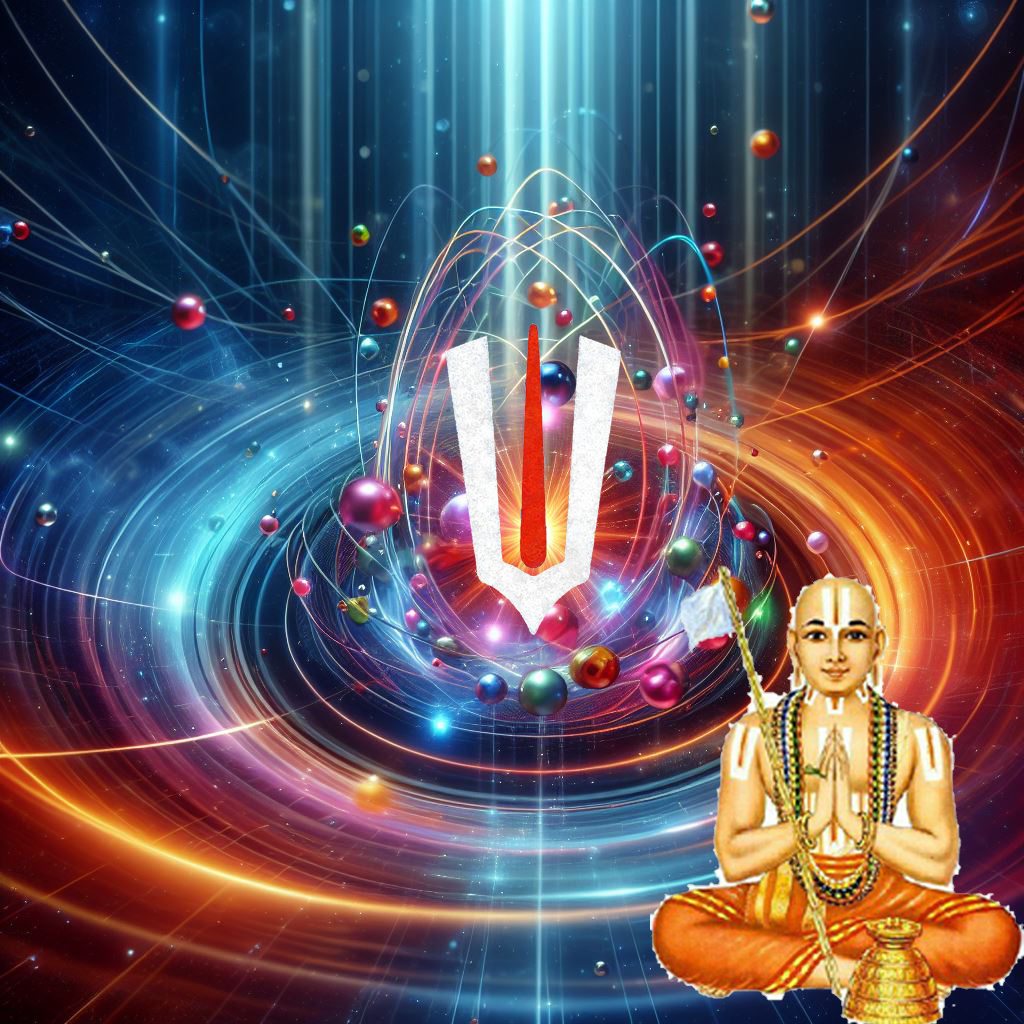
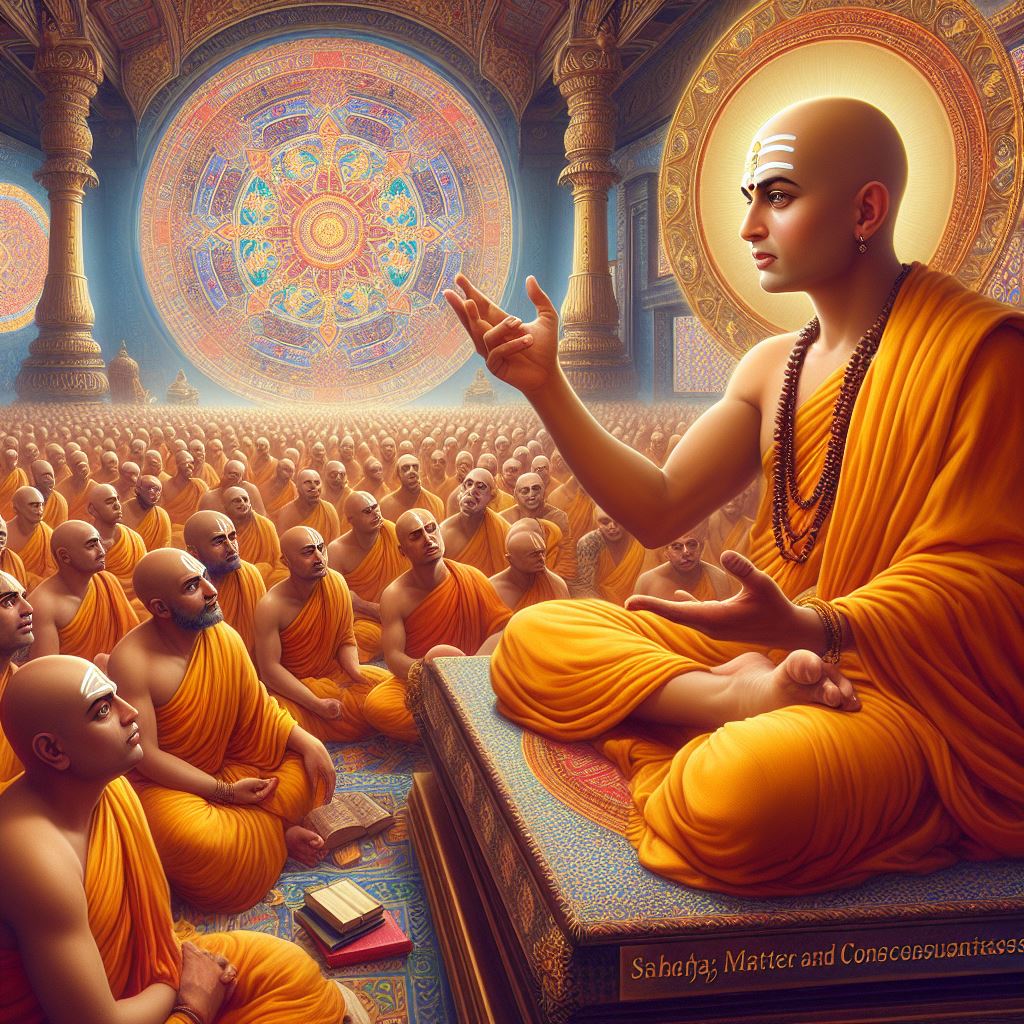

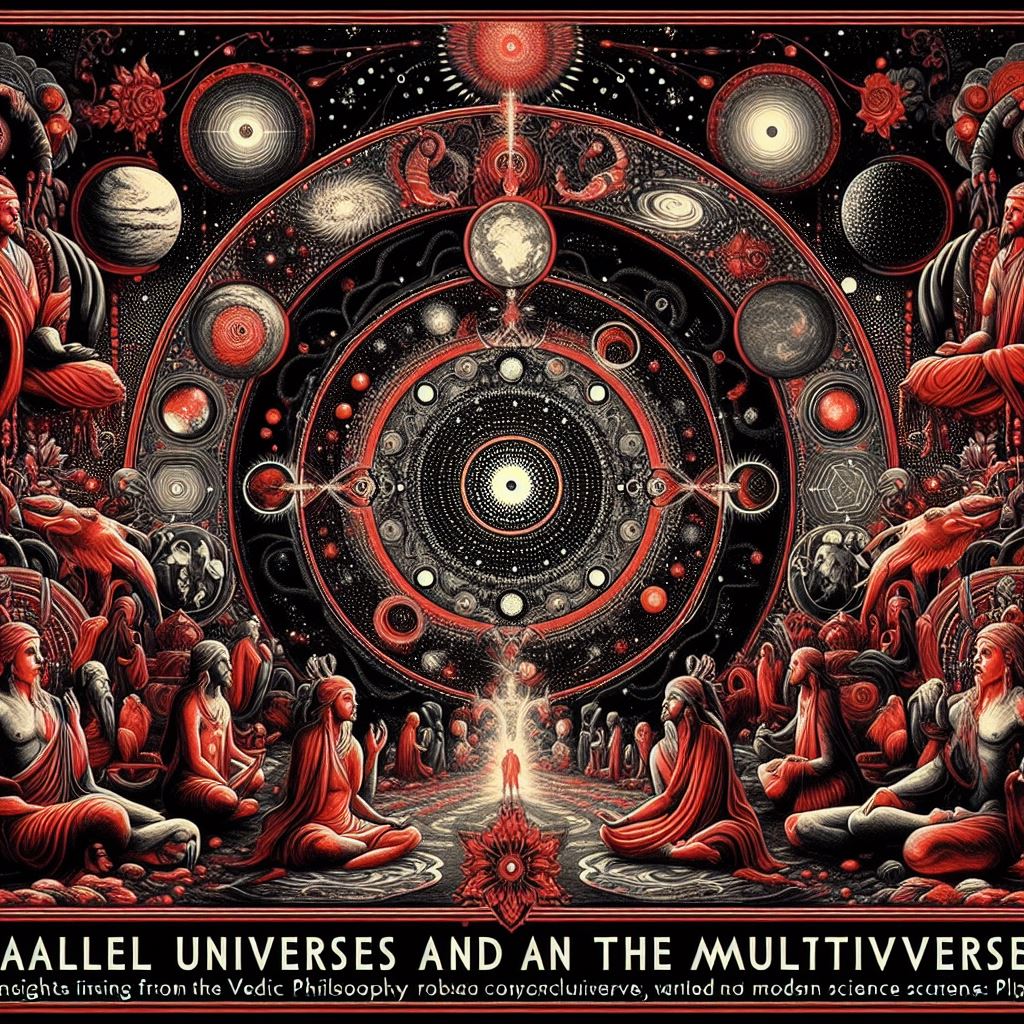

Origin of Science
The Psychospiritual Roots of Crime
Unveiling 54 Vedic Scientists
The Existence of the Soul: Exploring Neuroscience, Quantum Physics and Vedic Philosophy
Temporal Relativity in Vedic Literature: An Interdisciplinary Analysis of Time Dilation Narratives
Evidence of Vedic Sanātana Hinduism as a Global Dharma
Perception of Quantum Gravity and Field Theory in the Vedas
String Theory as Mentioned in Veda
Sanskrit’s Role in Advancing AI: A Comprehensive Study
The Vedic Model of the Mind: A Contemporary Exploration
Vedic Contributions to Geometry: Unveiling the Origins of Mathematics
Matter and Consciousness in Achintya Bhedābheda: Bridging with Quantum Physics
A Comprehensive Study of Aeroplanes and Aviation in Vedic Literature